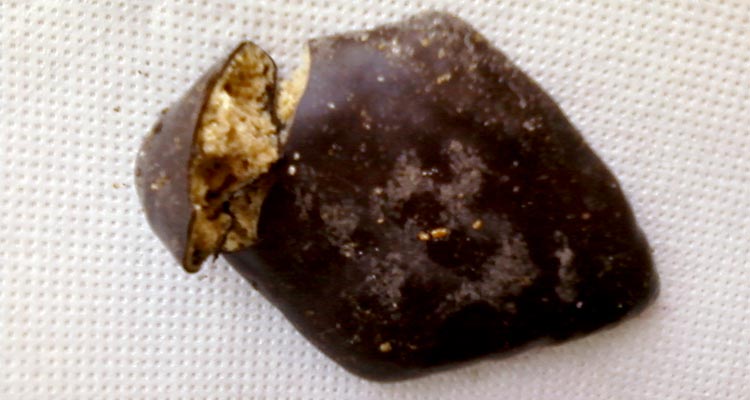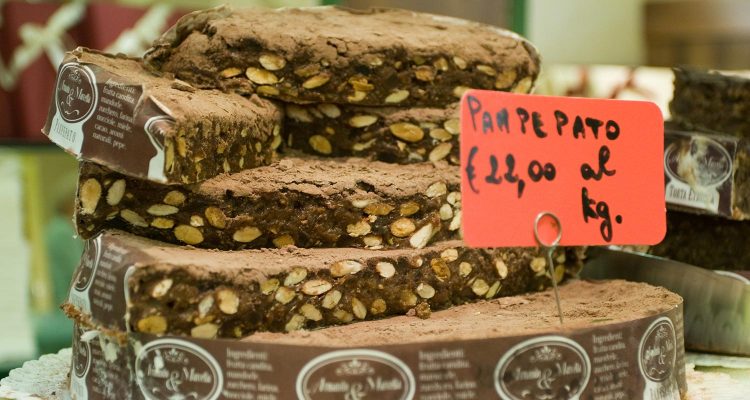If you have ever traveled in Italy, you have probably noticed how Italian people love to stay “with your legs under the table,” to use the typical local phrase. To a foreigner, spending so much time at the table might seem odd or even boring, but in Italy — and in Mediterranean countries in general — eating and drinking at home with your family, relatives or friends is one of our most beloved habits, especially during the Holiday Season, at New Year’s, during Easter and on other holiday occasions.
At these times, when hosts want to offer their finest hospitality, food preparation and wine pairings play an important role. In the past, mothers and grandmothers would wake up very early in the morning and spend long hours cooking. Nowadays, only the most traditional families (mainly in the Central-Southern regions of the country) preserve this custom.
Today’s young couples may not have much time for cooking but they might make holiday cookies or cakes from their regions because traditional foods remind us the of best days of our childhood.
And for us wine lovers, this season is a perfect excuse to uncork something special.
So here are a few examples of recipes for regional Italian traditional cakes (with wine-pairing recommendations). You can make them for your family, or to give as Christmas gifts.
Let’s get started with a northern region. The most famous Christmas cake in Trentino Alto Adige is the Zelten, which comes from the German word “selten” meaning “rarely” or “seldom,” to underline the special moment in the year when this cake is prepared. Although each family may make their own particular style of this cake you can use this popular version:
ZELTEN
Ingredients:
150 g sugar (1-1/2 cups)
100 g butter, softened (3-1/2 ounces)
2 eggs
300 g flour 00 (2 to 2-1/4 cups of bread flour or all-purpose flour)
2+1/4 teaspoons of a dried cake yeast (you can add it directly to other ingredients). Alternatively, you can use 0.8 ounces (about 2 tablespoons) cream of tartar plus 0.8 ounces (about 2 tablespoons) baking soda
160 ml of milk, lukewarm (6 ounces)
1 cup of grappa (or white rum)
120 g raisins (4 ounces)
150 g dried figs (5 ounces)
100 g walnuts, chopped (3.5 ounces)
100 g pine nuts (3.5 ounces)
50 g candied citron (2 ounces)
50 g blanched almonds (2 ounces) toasted, for decoration
20 g candied cherries, (1 ounce) for decoration
How to make it:
Soften the raisins in the grappa (or rum) in a cup for 30 minutes.
In another cup, mix the yeast into the warm milk.
Preheat oven to 180 C (350 F)
In a small bowl, mix together the chopped figs, walnuts, candied citron, pine nuts and softened raisins. In the large bowl of an electric mixer, beat the softened butter with the sugar until creamy, then add the eggs and keep on mixing. Add the flour and the warm milk with the yeast dissolved inside. Mix well, then add the dried fruits and the candied cherries. Pour the mixture into a buttered and floured 24 cm (9-inch) round baking pan.
Decorate the Zelten surface with 1 oz of candied cherries and 2 oz of toasted almonds and bake in preheated oven for 30 minutes or until done. Let the cake cool completely before cutting and serving.
Pair with sweet wines from the region, such as 2001 Cantina di Toblino Vino Santo DOC, made with dried nosiola grapes, or the amazing 07/93 Pojer e Sandri Merlino Rosso Fortificato Vigneti delle Dolomiti IGT, a wine made with dried lagrein grapes fortified with brandy.
The second recipe comes from Ferrara, the Estensi town in the Emilia-Romagna region, where the delicious Panpepato was regarded as a cake for the royal court:
PANPEPATO
Ingredients:
500 g flour 00 (about 3-1/3 cups bread flour or all-purpose flour)
300 g sugar (3 cups)
100 g of candied citron, chopped (4 ounces)
80 g pine nuts (3 ounces)
100 g blanched almonds (4 ounces)
1 teaspoon cinnamon
½ teaspoon ground cloves
200 g unsweetened cocoa powder (7 ounces)
1 cup of prepared coffee
4 ounces bittersweet or dark chocolate
How to make it:
Preheat oven to 180 C (350 F)
Chop the almonds and add them to pine nuts, cinnamon, powdered cloves and candied citron. Add flour and cocoa powder mix well, then form into a mound with a small depression in the center.
Pour in enough coffee to bind the ingredients and make a homogeneous and compact dough; mix first with spatula, then continue to mix with your hands. Form into small buns the shape of small domes. Place them on a greased baking sheet and bake for about 20 minutes, until done. Once baked, let them cool, then melt the chocolate in a bain-marie and use it to cover the cakes.
Ferrara is not a city of wine, so if you want a sweet wine look to the north for the Baglio Baiata Alagna Marsala Superiore Garibaldi Dolce DOC or the 2013 Secondo Marco Recioto della Valpolicella Classico DOCG: they both match perfectly with desserts with dried fruits and chocolate.
For the third and last recipe, let’s go to the South, and choose the Neapolitan version of the Mustaccioli recipe:

MUSTACCIOLI
Ingredients:
250 g flour 00 (about 1-1/2 to 1-3/4 bread flour or all-purpose flour)
150 g sugar (1-1/2 cups)
5 g ammonium bicarbonate (or 1 teaspoon baking powder plus ¼ teaspoon baking soda)
20 g unsweetened cocoa powder (1 ounce)
½ orange peel, grated
1/2 teaspoon cinnamon
1/2 teaspoon powdered cloves
1/2 teaspoon nutmeg
150 ml of water, lukewarm (5 ounces)
350 g dark chocolate (12 ounces)
How to make them:
Preheat oven to 180 C (350 F)
Mix together flour, sugar, grated orange peel, cocoa, cinnamon, cloves and nutmeg. Form a mound with a depression in the center, into which you will pour half of the warm water with the ammonium bicarbonate (or baking soda and baking powder) dissolved in it.
Start kneading and add enough water to make the dough firm but moldable.
Let rest for at least 10 minutes in the refrigerator. Roll out with a rolling pin to about 1 cm (1/3 inch) thick and cut out cookies in a diamond shapes. Place the Mustaccioli on a baking sheet covered with parchment paper and bake for 8-10 minutes. Cool.
In the meantime, roughly chop chocolate and melt in a bain-marie.
Place the cooled biscuits on a parchment paper-lined serving plate (in order to prevent the cookies from sticking to the plate) and pour chocolate over them, spreading until they are fully covered. Allow chocolate to cool thoroughly.
Serve them with a glass of 2013 Pellegrino Passito di Pantelleria to complete the Mediterranean atmosphere of your holiday season.
And Happy Holidays to everybody!

